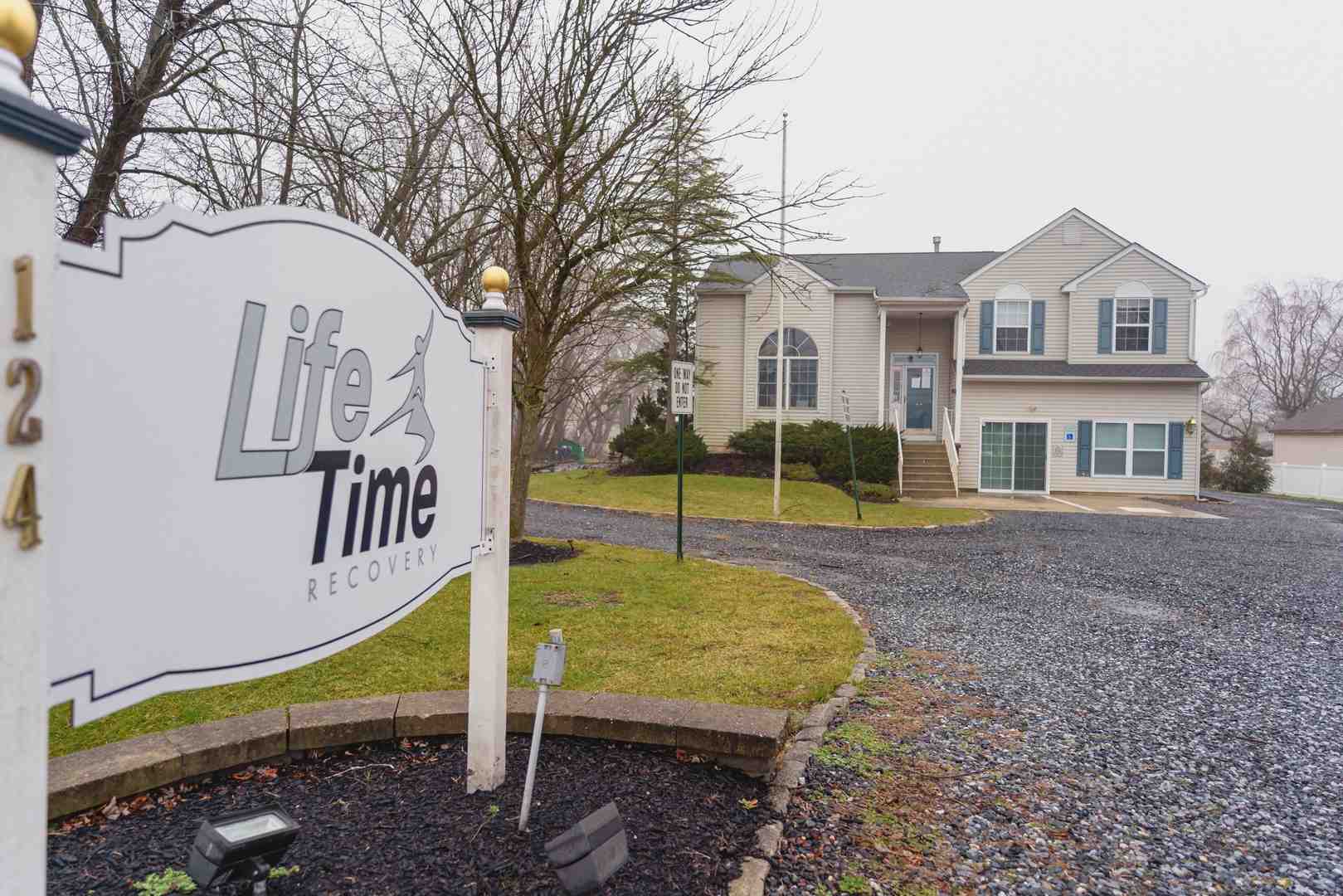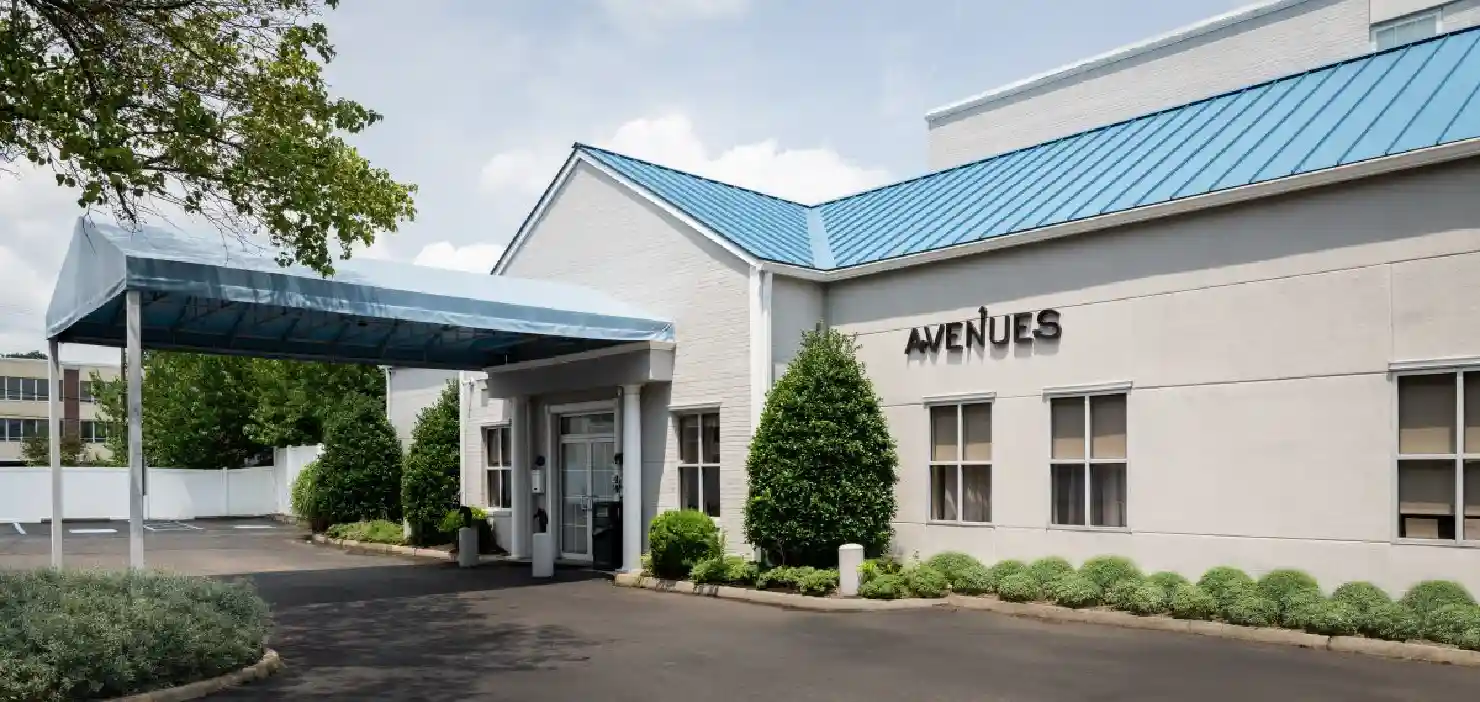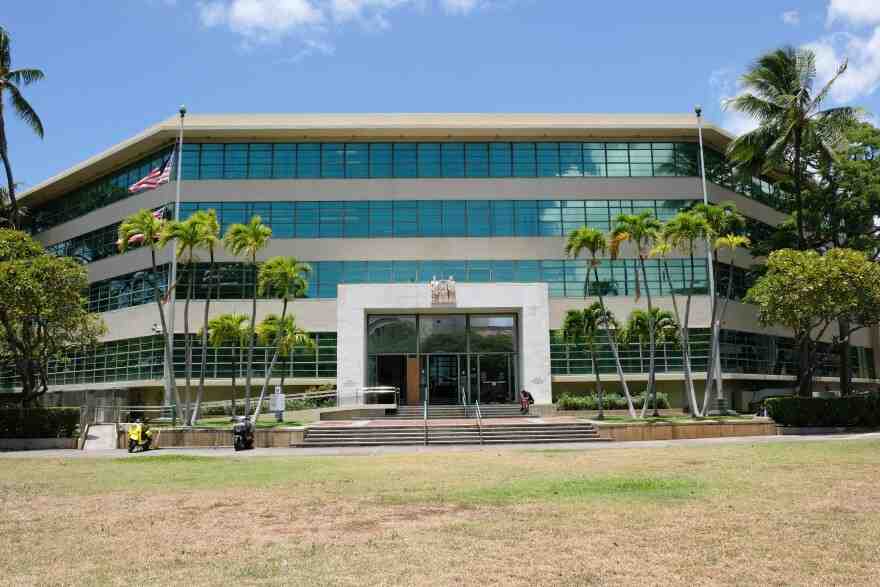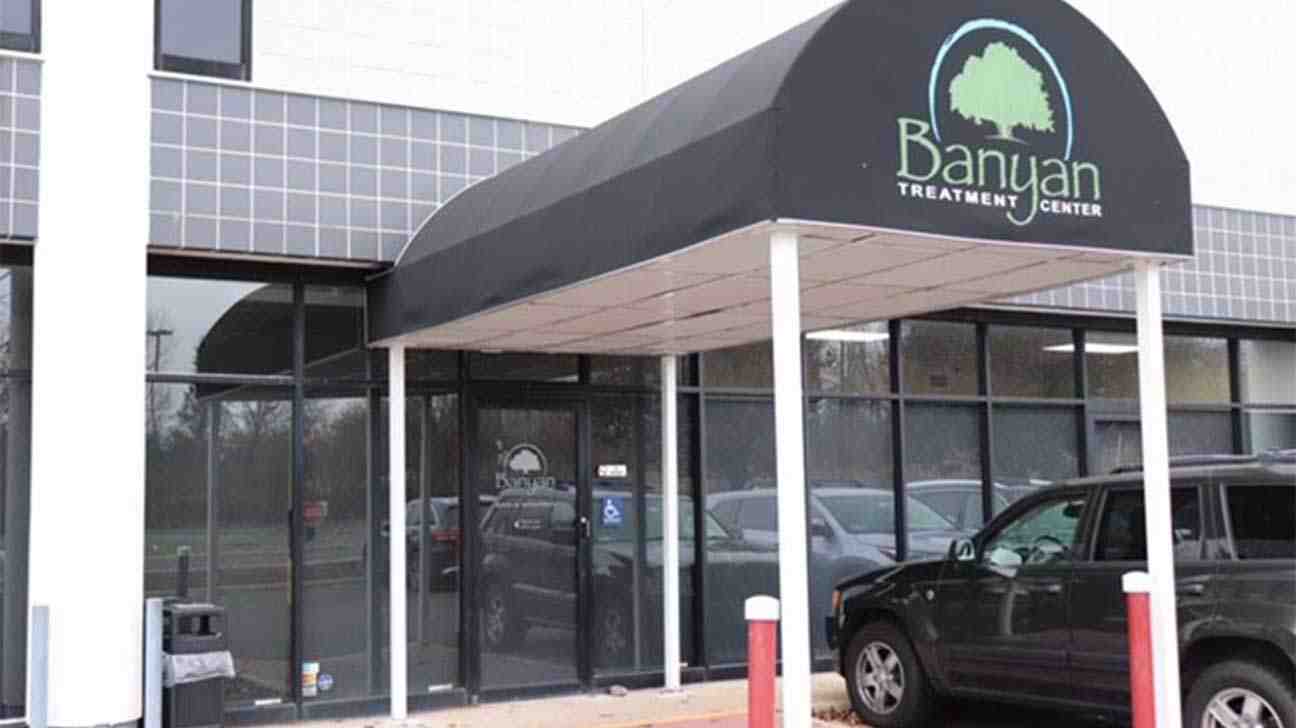
Understanding Your Options for Inpatient Drug Rehabilitation
A drug program inpatient is a residential treatment option where individuals with substance use disorders live at a specialized facility, typically for 30, 60, or 90 days. These programs provide 24/7 medical and therapeutic care in a safe environment removed from daily triggers. Key features include medically-supervised detox, evidence-based therapy, peer support, and comprehensive aftercare planning.
In 2021, 46.3 million people aged 12 or older had a substance use disorder in the U.S., and over 300 people die daily from drug or alcohol overuse. But recovery is possible.
Inpatient treatment provides the structure and support needed during the critical early stages of recovery, offering hope when addiction feels overwhelming. Whether you’re seeking help for yourself or a loved one, understanding your options is the first step.
At Addiction Helpline America, we’ve guided thousands of individuals and families in finding the right drug program inpatient facility. Our experience shows that the best outcomes occur when people are empowered to make informed decisions about their care.
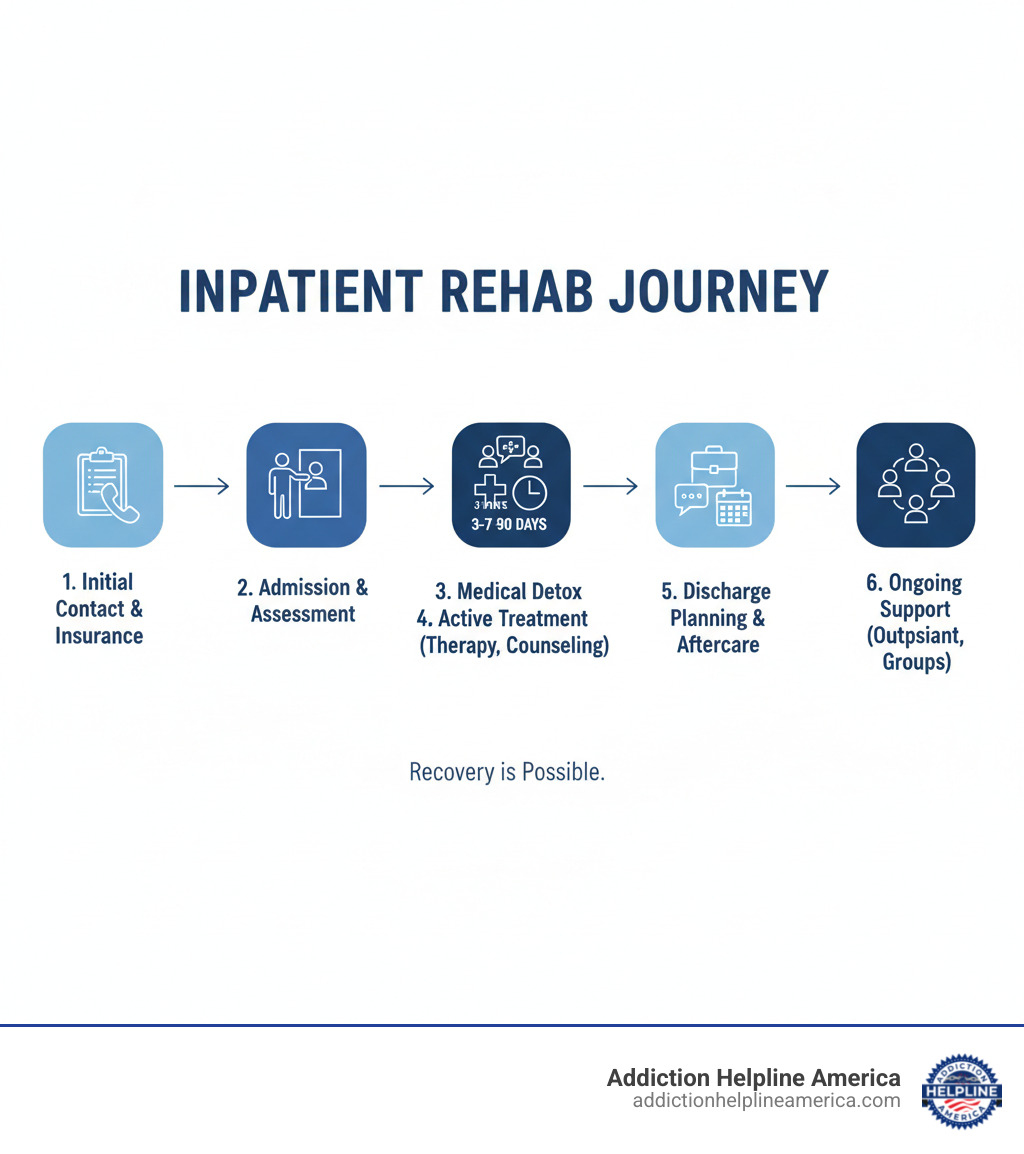
Important drug program inpatient terms:
What is an Inpatient Drug Program vs. Outpatient?
Choosing between inpatient and outpatient treatment is a key decision. A drug program inpatient is an immersive experience where you live at a treatment facility for 30, 60, or 90 days. This 24/7 structured care environment removes you from the triggers and stressors of daily life, allowing you to focus completely on healing in a residential setting.
Outpatient treatment offers more flexibility. You live at home and attend scheduled therapy sessions at a treatment center, allowing you to maintain work, school, or family commitments. While this lets you practice recovery skills in a real-world setting, it also means you remain exposed to the environment where your addiction developed.
Neither option is inherently better; the right fit depends on your unique situation. Any level of care is a positive step toward a healthier life.
To help you understand which might work best for you, here’s how they compare:
| Feature | Inpatient Drug Program | Outpatient Treatment Program |
|---|---|---|
| Structure | High; 24/7 supervision, highly scheduled activities | Flexible; Scheduled sessions, live at home |
| Intensity | High; Immersive, constant therapeutic engagement | Variable; Ranges from a few hours to full-day programs |
| Environment | Residential facility, removed from triggers | Home environment, attend sessions at a center |
| Cost | Generally higher due to accommodation and round-the-clock care | Generally lower, as it doesn’t include living expenses |
| Ideal Candidate | Severe addiction, co-occurring disorders, unstable home environment, history of relapse | Less severe addiction, strong home support, work/school commitments, step-down from inpatient |
Inpatient programs are often best for severe addictions, co-occurring mental health disorders, or unstable home environments. The intensive support can be crucial for those with a history of relapse.
Outpatient programs are suitable for those with less severe issues, strong home support, or who need to maintain daily responsibilities. Many also use outpatient care as a step-down from an inpatient program to transition back to daily life with continued support.
For more detailed information on flexible treatment options that let you maintain your daily responsibilities while getting help, visit our page on Intensive Outpatient services.
The Core Components of a Quality Drug Program Inpatient Experience
Choosing the right treatment facility is a critical decision. To help you find a program that can transform your life, we’ve identified 10 essential features of a quality drug program inpatient experience. These components are the foundation of effective treatment, supporting healing from day one through your transition back to everyday life.
1. Medically-Supervised Detoxification
Withdrawal from substances like alcohol, opioids, or benzodiazepines can be uncomfortable and even dangerous. Medically-supervised detoxification is essential for your safety. In a quality inpatient program, healthcare professionals monitor you 24/7, manage withdrawal symptoms, and can provide medications to ensure your comfort and prevent life-threatening complications like seizures. This is often where Medication-Assisted Treatment (MAT) begins, using FDA-approved medications to reduce cravings and withdrawal symptoms. A safe, stable detox is the first step, allowing you to focus on the deeper work of recovery.
For more information about detox options in your area, visit our guide on drug detox and rehab facilities near me.
2. Comprehensive Clinical Assessment
Effective treatment starts with a roadmap. A comprehensive clinical assessment provides a detailed understanding of your unique situation. This involves a physical exam, lab work, and psychological screening to evaluate your substance use history, physical and mental health, and personal circumstances. Honesty during this process is crucial. The assessment team isn’t there to judge; they’re there to create the most effective, custom treatment plan for you. This evaluation happens at admission and continues throughout your stay, allowing your care to be adjusted as your needs evolve.
3. Individualized Treatment Planning
There is no one-size-fits-all solution to addiction. A quality drug program inpatient facility creates a personalized treatment plan based on your clinical assessment. This plan considers your specific substance use, co-occurring mental health conditions, personal history, and recovery goals. It outlines the therapeutic approaches, educational sessions, and support services that will be most effective for you. Importantly, this plan is not static; it evolves as you progress, ensuring your care remains relevant and effective throughout your treatment journey.
4. Evidence-Based Therapies
Quality treatment is rooted in science. Evidence-based therapies are interventions that have been proven effective through clinical research. These include:

- Cognitive Behavioral Therapy (CBT): Helps you identify and change the negative thought patterns and behaviors that fuel substance use.
- Dialectical Behavioral Therapy (DBT): Teaches skills for managing intense emotions, tolerating distress, and improving relationships.
- Motivational Improvement Therapy (MET): Helps you explore ambivalence and strengthen your internal motivation to change.
You’ll engage in these therapies through both group counseling, where you find support and realize you’re not alone, and individual counseling, which provides private time to work on personal issues. This combination forms the core of your therapeutic journey.
For more information about the scientific research supporting these approaches, visit drugabuse.gov.
5. Dual Diagnosis for Co-Occurring Disorders
About half of all individuals with a substance use disorder also have a co-occurring mental health disorder like depression, anxiety, or PTSD. This is known as a dual diagnosis. Often, substances are used to self-medicate the symptoms of these conditions. A quality drug program inpatient provides integrated treatment, addressing both the addiction and the mental health disorder simultaneously. The same therapeutic team helps you develop coping skills for substance use while also managing your mental health symptoms. This comprehensive approach treats the whole person, addressing the root causes of addiction for a more sustainable recovery.
6. A Structured and Supportive Environment
An inpatient facility provides a safe, structured environment where your only job is to heal. By removing you from the triggers and temptations of your daily life, it allows you to build a strong foundation for recovery. Twenty-four-hour supervision ensures that medical and clinical staff are always available for support. Your days follow a schedule of therapy, educational workshops, and recreational activities, which helps replace the chaos of addiction with stability and healthy routines. You’ll also benefit from peer support, connecting with others who understand your journey and can offer encouragement.
7. Family Program and Therapy
Addiction impacts the entire family, straining relationships and eroding trust. That’s why effective treatment includes family programs and therapy. These programs help heal the relationships damaged by addiction and build a strong support system for long-term sobriety. Many facilities offer Family Days where loved ones can learn about addiction and recovery. Family therapy sessions provide a safe, mediated space to improve communication, set healthy boundaries, and begin rebuilding trust. Involving your family in the recovery process dramatically increases your chances of success.

8. Holistic and Complementary Activities
Addiction affects your mind, body, and spirit. Holistic and complementary activities address all these dimensions of wellness. Programs often include yoga to reconnect with your body, meditation to quiet your mind, and art therapy to express difficult emotions. Recreational activities and fitness classes help you refind the joy of movement, while nutritional counseling teaches you how to restore your physical health. These activities are not just therapeutic; they are healthy coping mechanisms you can use for the rest of your life to manage stress without substances.
9. Robust Aftercare and Discharge Planning
Leaving the protected environment of inpatient treatment is a critical transition. A quality program prepares you for this with robust aftercare and discharge planning that begins on day one. Your personalized aftercare plan is designed to prevent relapse and sustain your recovery. It may include referrals to an outpatient program, placement in a sober living home for continued structure, ongoing individual therapy, and connections to support groups like AA or NA. Many facilities also provide follow-up support, ensuring you have a network of resources to steer challenges long after you’ve completed the program.
To learn more about the ongoing recovery journey, visit our Addiction Recovery Complete Guide.
10. Licensing, Accreditation, and Qualified Staff
When choosing a facility, you must be able to trust their credentials. Reputable programs are licensed by their state and seek accreditation from national organizations like the Commission on Accreditation of Rehabilitation Facilities (CARF) or The Joint Commission. This signifies they meet high standards for quality and safety. The qualifications of the staff are equally important. Look for a multidisciplinary team of doctors, nurses, licensed therapists, and psychiatrists. These credentials ensure you receive safe, effective, and compassionate care from qualified experts.
Your Journey Through Inpatient Rehab: What to Expect

Taking the first step toward a drug program inpatient can feel daunting. Knowing what to expect can ease the anxiety. While every journey is unique, most people follow a general path from their first call to building a new life in recovery.
The Admissions Process for a Drug Program Inpatient Program
Your journey begins with a confidential phone call to an admissions specialist. During this call, you’ll discuss your substance use history and medical needs so the team can determine the right level of care. Honesty is key to getting the best help. Next, the team will help with insurance verification. Thanks to federal parity laws, most private and state-funded insurance plans cover addiction treatment. After a more detailed pre-admission assessment to create your initial treatment plan, you’ll receive practical information on what to pack, what to leave at home, and how to arrange travel to the facility.
If you’re ready to start this process or have questions about admissions, our team at the Rehab Admissions Hotline is available to help.
Length of Stay: 30, 60, and 90-Day Programs
The length of your stay in a drug program inpatient typically ranges from 30 to 90 days, depending on your needs.
- 30-day programs are a common starting point. They provide an intensive foundation for recovery, including detox and several weeks of therapy, and are often suitable for those with less severe addictions.
- 60-day programs offer more time for deeper healing. This extra month allows you to practice new skills, address underlying issues like trauma, and build more confidence.
- 90-day programs are often recommended for severe or long-term addiction, co-occurring disorders, or a history of relapse. Research shows that longer treatment durations lead to better long-term outcomes.
The right duration for you depends on factors like the severity of your addiction, any co-occurring mental health disorders, and your individual progress. Your treatment plan is flexible and can be adjusted as needed.
Life After Inpatient Treatment
Completing an inpatient program is a major achievement, but recovery is a lifelong journey. Transitioning back to the real world requires a strong plan, which is why aftercare is critical. Your discharge plan, developed throughout your stay, is your roadmap for life after treatment. It may include stepping down to an outpatient program, living in a sober living home for continued accountability, or attending support groups like Alcoholics Anonymous (AA) or Narcotics Anonymous (NA). Continued individual therapy is also vital for navigating challenges as they arise. The most important part of life after treatment is building a sober network of supportive family, friends, and peers. The skills you learned in treatment become your daily tools for managing triggers and building the life you deserve.
For more comprehensive guidance on maintaining long-term sobriety, the Substance Abuse and Mental Health Services Administration offers evidence-based resources. You can also explore our Addiction Recovery Complete Guide for additional support strategies.
Frequently Asked Questions About Inpatient Rehab
Making the decision to seek treatment for a drug program inpatient comes with many questions. Here are answers to some of the most common inquiries we receive.
How much does inpatient drug rehab cost?
The cost of a drug program inpatient varies based on location, amenities, and length of stay. However, cost should not prevent you from getting help. Many affordable options are available:
- Insurance Coverage: Federal laws require most health insurance plans, including private and state-funded options like Medicaid, to cover addiction treatment. We can help you verify your benefits.
- State-Funded Programs: Many states offer publicly funded treatment or financial assistance for those who qualify.
- Payment Plans: Some facilities offer payment plans or sliding scale fees based on income.
- Non-Profit Organizations: Organizations like The Salvation Army offer programs that may be free of charge.
Investing in your health is invaluable. Recovery is about reclaiming your life, and there are ways to make it financially possible.
Are cell phones and visitations allowed?
Policies vary by facility, but most have structured rules to create a focused healing environment. Many centers have an initial “blackout” period of 7-14 days with no outside contact. This allows you to detox and acclimate to the program without distraction. After this period, most facilities allow scheduled phone times and designated visitation days. These policies are not meant to isolate you but to balance the need for focus with the importance of family support. Family therapy sessions are also a key part of connecting with loved ones in a therapeutic setting. Always check a facility’s specific policies before admission.
How do I choose the right drug program inpatient facility?
Finding the right drug program inpatient is a personal decision. Consider these key factors to find the best fit for your needs:
- Location: Do you prefer to be close to home for family support or far from familiar triggers?
- Specializations: Does the facility have expertise in your specific addiction (e.g., opioids, alcohol) or programs for certain demographics (e.g., veterans, women)?
- Treatment Philosophy: Does the program’s approach (e.g., 12-step, evidence-based, holistic) align with your beliefs?
- Licensing and Accreditation: Is the facility licensed by the state and accredited by bodies like CARF or The Joint Commission? Does it have qualified, multidisciplinary staff?
- Dual Diagnosis Treatment: If you have a co-occurring mental health disorder, ensure the facility offers integrated treatment.
- Cost and Insurance: Does the program fit your budget and accept your insurance?
Weighing these factors will help you choose a program that offers the best chance for long-term success. Our team at Addiction Helpline America can help you steer these options.
Find Your Path to Recovery Today
If you’re reading this, you’ve already taken a courageous step by learning about drug program inpatient options. The benefits of this level of care are life-changing: 24/7 medical supervision, a structured environment free from triggers, evidence-based therapies, and peer support. Inpatient treatment is a powerful first step toward reclaiming your life from addiction.
While statistics on addiction can be sobering, thousands of people enter treatment and emerge transformed, reconnecting with loved ones and finding new hope. Recovery is possible, and we’ve seen it happen countless times.
At Addiction Helpline America, we connect people nationwide to quality addiction and mental health treatment. Our guidance is free, confidential, and personalized. You don’t have to figure this out alone. Taking action today can set you on the path to the life you deserve.
Whether for yourself or a loved one, we’re here to help you find the right drug program inpatient facility. Your path to recovery starts with a single decision. Let us help you take that step.
For more information on the full range of treatment options available, including programs that might work as a next step after inpatient care, visit our page on types of treatment programs.
Our helpline is 100%
free & confidential
If you or someone you care about is struggling with drug or alcohol addiction, we can help you explore your recovery options. Don’t face this challenge alone—seek support from us.
Programs
Resources
Will my insurance
cover addiction
treatment?
We're ready to help
Find the best
drug or alcohol treatment
center
Are you or a loved one struggling with addiction? Call today to speak to a treatment expert.






